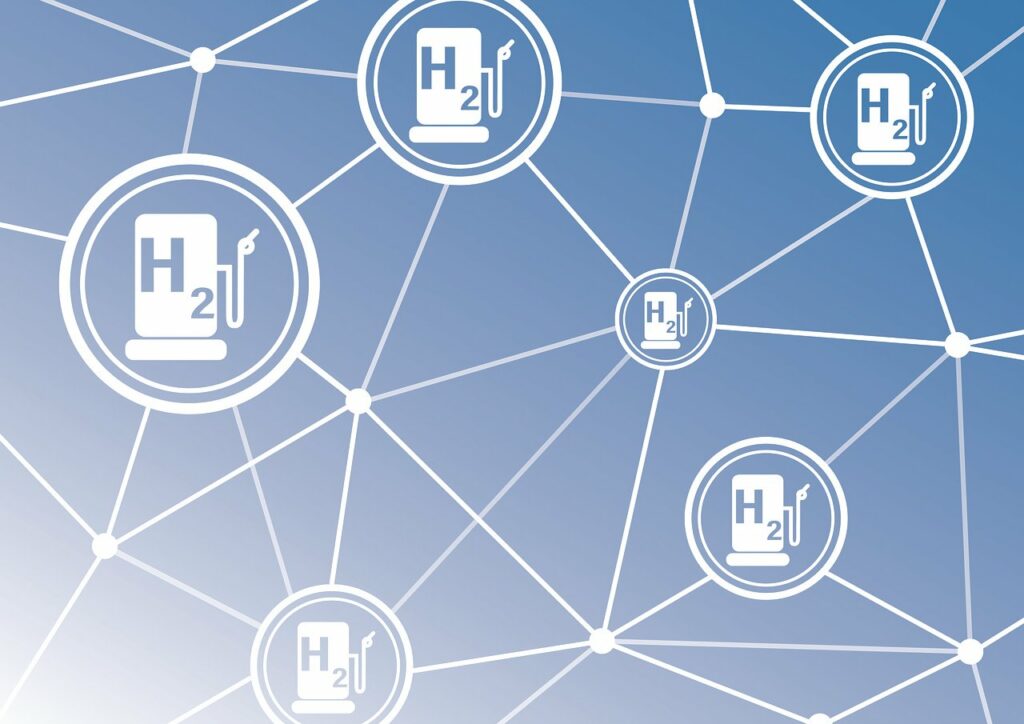Toyota and Hyundai have joined forces alongside energy companies Ampol and Pacific Energy to develop hydrogen refueling infrastructure. This collaboration aims to address the critical challenge of establishing a robust hydrogen ecosystem in the country.
The announcement comes on the heels of a series of strategic messages from Toyota regarding its comprehensive approach to decarbonization, which the company showcased at the Tokyo Motor Show. Toyota is gearing up for the next decade and beyond with a multi-pronged strategy that includes battery-electric vehicles, hydrogen-powered technology, synthetic fuels, and the continued support of traditional internal-combustion engines.
Both Toyota and Hyundai have already introduced hydrogen-powered vehicles in Australia, represented by the Toyota Mirai and the Hyundai Nexo, respectively. However, these vehicles are not available for direct purchase by the public. Instead, they are leased to select organizations and businesses due to the limited availability of hydrogen refueling stations in the country, numbering fewer than ten nationally.
The push for expanding hydrogen infrastructure received a boost in August when Ampol, an Australian energy provider, revealed its plans to develop additional hydrogen refueling stations. This decision was influenced by a report from the Commonwealth Scientific and Industrial Research Organisation (CSIRO), which emphasized the need for greater support from both energy providers and the government to ensure Australia remains competitive in the global hydrogen landscape.
While specific details regarding the Memorandum of Understanding (MOU) were not disclosed, it is likely that Toyota and Hyundai, along with Ampol and Pacific Energy, will contribute to funding the establishment of additional hydrogen refueling stations across Australia. This crucial step signifies a more prominent commitment to hydrogen as a clean energy source and the development of the necessary infrastructure to support its growth.
As hydrogen gains traction as a viable alternative in the pursuit of decarbonization, initiatives like this collaboration in Australia are essential to pave the way for a cleaner and more sustainable transportation future.





